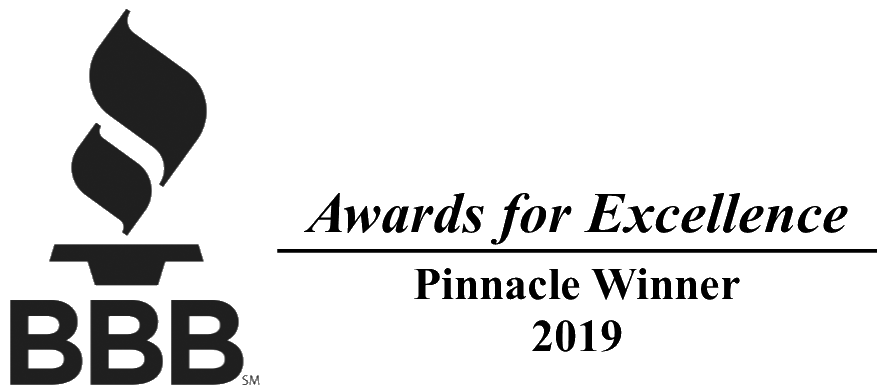Safely Cleaning Up Blood Spills in the Workplace
Have you ever had to clean up a blood spill in your workplace? If so, what precautionary measures did you and your employer take to reduce your risk of bloodborne pathogen exposure?
What are bloodborne pathogens?
According to the Occupational Safety and Health Administration, (OSHA), “Bloodborne pathogens are infectious microorganisms in human blood that can cause disease in humans. These pathogens include, but are not limited to, hepatitis B (HBV), hepatitis C (HCV), and human immunodeficiency virus (HIV).”
Risks of Cleaning Blood Spills on Your Own

Some people think that cleaning up blood is as simple as grabbing a mop, a bucket, and a gallon of bleach, but the fact is, nothing about blood cleanup is simple.
On top of being potentially infectious, blood can be difficult to clean because of its ability to bind to fabric and seep into porous materials. As a result, you are often left with a stain that looks clean, but has harmful bacteria lurking just below the surface.
The harmful nature of blood is why OSHA developed the Bloodborne Pathogen Standard, a set of guidelines meant to protect workers against the health hazards caused by bloodborne pathogens.
OSHA’s Bloodborne Pathogen Standard
OSHA’s Bloodborne Pathogen Standard requires employers to provide the following to workers who are occupationally exposed to blood or other potentially infectious materials (PIM):
- Establish an exposure control plan. This written plan contains a list of tasks that results in a worker’s exposure to blood or PIM and a list of job classifications in which there is a risk of occupational exposure. This exposure control plan should be updated annually.
- Provide personal protective equipment (PPE). PPE includes gloves, eye protection, gowns, and masks.
- Implement the use of universal precautions. This means treating all blood and body fluids as if they were known to be infectious for HIV, HBV, and other bloodborne pathogens.
- Make available hepatitis B vaccinations. This vaccination should be offered within 10 days of initial occupational exposure.
Delve deeper into OSHA’s Bloodborne Pathogen Standard.
Aftermath Aids in Workplace Cleanups
Aftermath takes care of blood spill so that you don’t have to. National and local companies trust Aftermath for biohazard remediation services, to help minimize business interruption and return them to full safety as quickly as possible.
“For cleaning larger blood spills in a commercial or industrial setting, there are additional Aftermath employee protection guidelines which require the person to have been trained in blood-borne pathogens, safety equipment (PPE) and hazardous communications protocols. Cordon off the area and restrict it from access until all materials have been removed or cleaned and fully sanitized.”
“Our method for cleaning blood spills includes rigorous cleaning procedures, structural remediation, biohazard removal (cutting away affected carpet and flooring and remove them via legal medical waste transportation), and disinfection of affected and adjacent areas. When we finish, the cleaned areas are tested to ensure no biological material is left to cause damage or odor.”
Contact an Aftermath representative today.
———-
Sources:
OSHA: https://www.osha.gov/SLTC/bloodbornepathogens/
OSHA: https://www.osha.gov/OshDoc/data_BloodborneFacts/bbfact01.pdf
 877-872-4339
877-872-4339  Contact Us
Contact Us 






